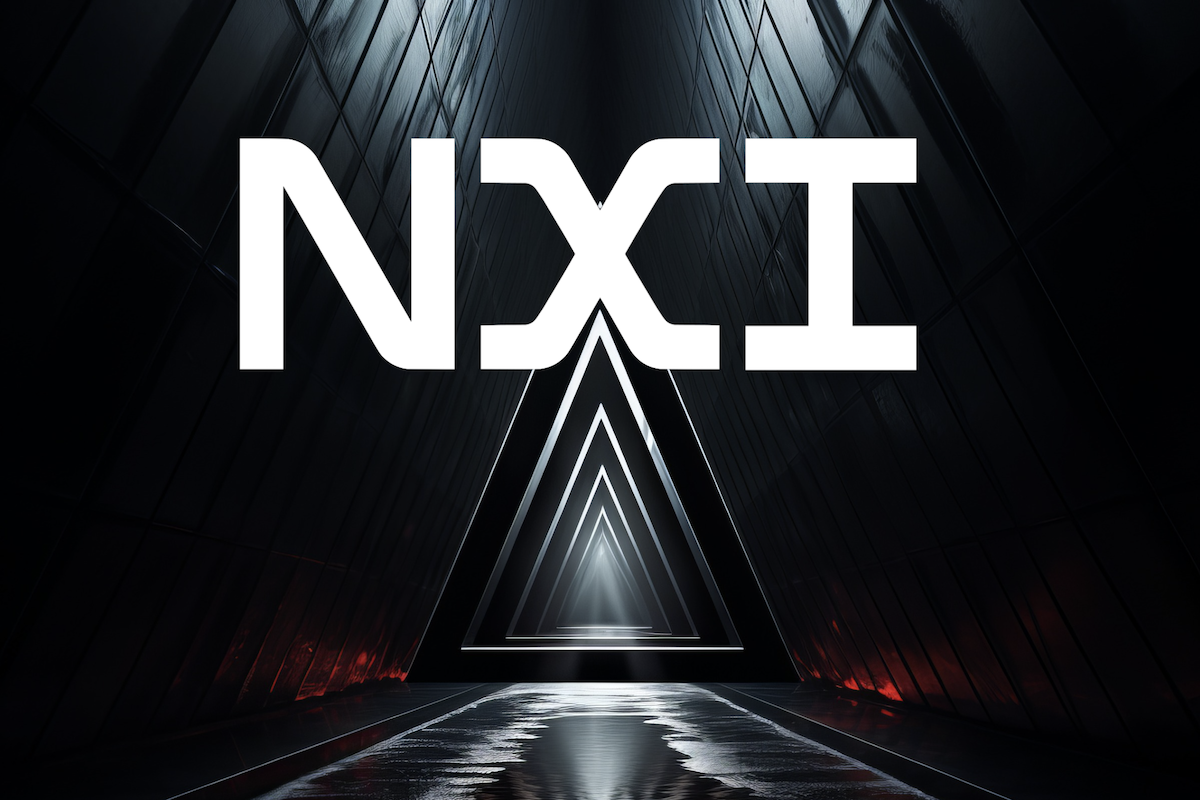When it comes to managing your cryptocurrency and NFTs, security is key. Software wallets are great for everyday use, but for the ultimate in security, blockchain users turn to one tool: a hardware wallet.
Hardware wallets offer the highest level of security for your digital assets. By storing your private keys offline, and facilitating your transactions through a physical device, they add a crucial layer of protection to your Web3 interactions.
Traditionally, two giants have dominated the hardware wallet space – but with their popularity drawing attention, and after a few recent events – many blockchain enthusiasts are looking for alternatives.
What are the best hardware wallets available right now, and how do they compare? Let’s take a look at the top 6 hardware wallets of 2024.
But first…
Do I really need a hardware wallet?
Hardware wallets are the pinnacle of security – but they come at the expense of speed.
We suggest that, if you hold an amount of cryptocurrency or NFTs that is valuable to you, that you protect them using a hardware wallet (cold wallet).
For everyday use, we suggest using a dedicated software wallet (hot wallet). This offers the best protection for your assets, whilst benefitting from the speed and experience advantages that a software wallet can provide.
#6 Ledger Stax
- Launched: May 2024
- Price: $399 USD
Ledger Stax is the new flagship device from popular hardware wallet manufacturer, Ledger.
Its focus is primarily on being user-friendly. It’s standout feature is its unique curved E Ink touchscreen – one of the first of its kind in any consumer device – which presents transactions to the user in a human-readable format – what Ledger calls Clear Signing.
The device supports over 5,500 coins, tokens and NFTs, and has the power to run up to 100 applications simultaneously. It’s powered by a CC EAL6+ certified secure chip, one of the highest security ratings in consumer electronics, and is protected by a customizable 4-8 digit PIN code.
However, at $399 USD, it’s one of the pricier options available. Whilst it has a sleek design and premium feel, it might be overkill for the typical blockchain user – and given Ledger’s recent controversies with regards to its products, community sentiment is firmly with their competitors right now.
For those seeking a sleek, stylish and user-friendly way to secure their assets, the Ledger Stax is worth a look.

#5 Trezor Safe 5
- Launched: June 2024
- Price: $169 USD
Trezor Safe 5 is the new flagship model from Ledger’s biggest competitors, Trezor.
Its focus is on packing top-notch security and user-friendly design into an affordable package. With a 1.54-inch Gorilla Glass touchscreen display, the device is crucially open-source, making its security a step ahead of that from its rivals – and a Bitcoin-only version is available for BTC holders.
The device supports all major coins, tokens and NFTs, and its integration into the wider Trezor ecosystem makes it an appealing option for both blockchain newcomers and experienced users alike. It’s also less than half of the price of the Ledger Stax, making it a far more affordable choice.
As with the Ledger Stax before it, with the device only using touchscreen input options, there’s both a lack of tactile feel (despite the haptic feedback), and durability concerns – which are less present with other options on this list.
If you’re looking for top security and user-friendly design, from a company that the community at large is firmly behind, consider the Trezor Safe 5.

#4 BC Vault
- Launched: October 2018
- Price: Starting from $139 USD
BC Vault is a company that only creates a single hardware wallet, the eponymous BC Vault.
In production since 2018, BC Vault is a dedicated long-term storage option. Rather than using seed phrases, the device uses an SD card or QR code backup, alongside the use of random number generators and non-deterministic algorithms for the creation of private keys, plus passwords and PINs. All of this, plus regular updates, aim to eliminate the possibility of a single point of failure.
BC Vault is compatible with almost all cryptocurrencies, and claims that its FeRAM technology allows for long-term data storage for up to 200 years. Their motto states that “Wallets are for pocket money. Vaults are for safekeeping.” – and their reputation lives up to that, with the BC Vault having won several industry awards for its security as a long-term storage solution for digital assets.
With security the top-most priority, BC Vault is not open source, which could be a concern to some. The device is also less user-friendly than other options on this list.
For dedicated blockchain enthusiasts who want all-out security, BC Vault is a strong option.

#3 NGRAVE ZERO
- Launched: May 2020
- Price: $440 USD
NGRAVE ZERO is another “security-above-all” hardware wallet option.
The device features a 4-inch touchscreen in a phone-like design, and claims to be the only “air-gapped” EAL7 hardware wallet – the highest standard for security – on the market. This means the device features no USB, Bluetooth, NFC, WiFi or 4G features, relying solely on QR codes to execute transactions. NGRAVE ZERO also makes use of a unique key generation process, and is built with military-grade material to ensure top physical security, alongside digital.
The NGRAVE ZERO supports over 3,500 coins, tokens and NFTs, and makes the most of biometrics, tamper-proof technology and a custom operating system to ensure the device is as secure as can be.
However, as the most expensive hardware wallet on this list, it’s a hefty investment – even for dedicated blockchain enthusiasts – and as a security-first product, the user experience takes a back seat to out-and-out security.
If you’re looking for a no-compromise hardware wallet to protect your digital assets, the NGRAVE ZERO is well worth a look.

#2 Ledger Nano S Plus
- Launched: April 2022
- Price: $79 USD
Ledger Nano S Plus is the lowest-priced entry-level device currently offered by Ledger.
The latest non-Bluetooth device in their long-running Nano series, the Ledger Nano S Plus is about as simple as it gets – two physical buttons, a small black-and-white screen, and a USB-C connection. By keeping things simple, the device is naturally more secure and more affordable – and it’s become a popular hardware wallet for blockchain users around the world.
The Ledger Nano S Plus supports over 5,000 coins, tokens and NFTs – and with easy setup and management via the Ledger Live app, it’s a go-to solution for users on both desktop and Android devices.
However, the lack of Bluetooth makes it incompatible with iOS devices, and the recent events previous mentioned have led to community concerns, with many looking for an alternative to Ledger in 2024.
For those that want an affordable, robust hardware wallet – and a clear upgrade from a software wallet-only approach – the Ledger Nano S Plus is a popular choice.

#1 Trezor Model One
- Launched: July 2014
- Price: $59 USD
Trezor Model One is both the oldest and the cheapest hardware wallet on this list – but after over 10 years of continuous service, it is still the go-to choice for many blockchain enthusiasts, and is fantastic value for money.
With a 0.93″ monochrome OLED screen, two physical buttons and a Micro USB connection, it features Trezor’s tried-and-tested open-source software – arguably the gold standard for wallet security.
The Trezor Model One supports thousands of coins, tokens and NFTs – and with PIN and passphrase protection, ample device compatibility, and increasing compatibility with third-party wallets and services (including the Trezor Suite), it’s been a trusted option since its inception.
The lack of modern features may turn-off some users, and Micro USB is an outdated standard – although the device comes with a Micro USB to USB-A cable, which can be easily adapted to use with modern USB-C ports.
As one of the most trusted, affordable and time-tested hardware wallets available, the Trezor Model One secures the top spot on our list of the best hardware wallets of 2024.
Credit: Source link














































